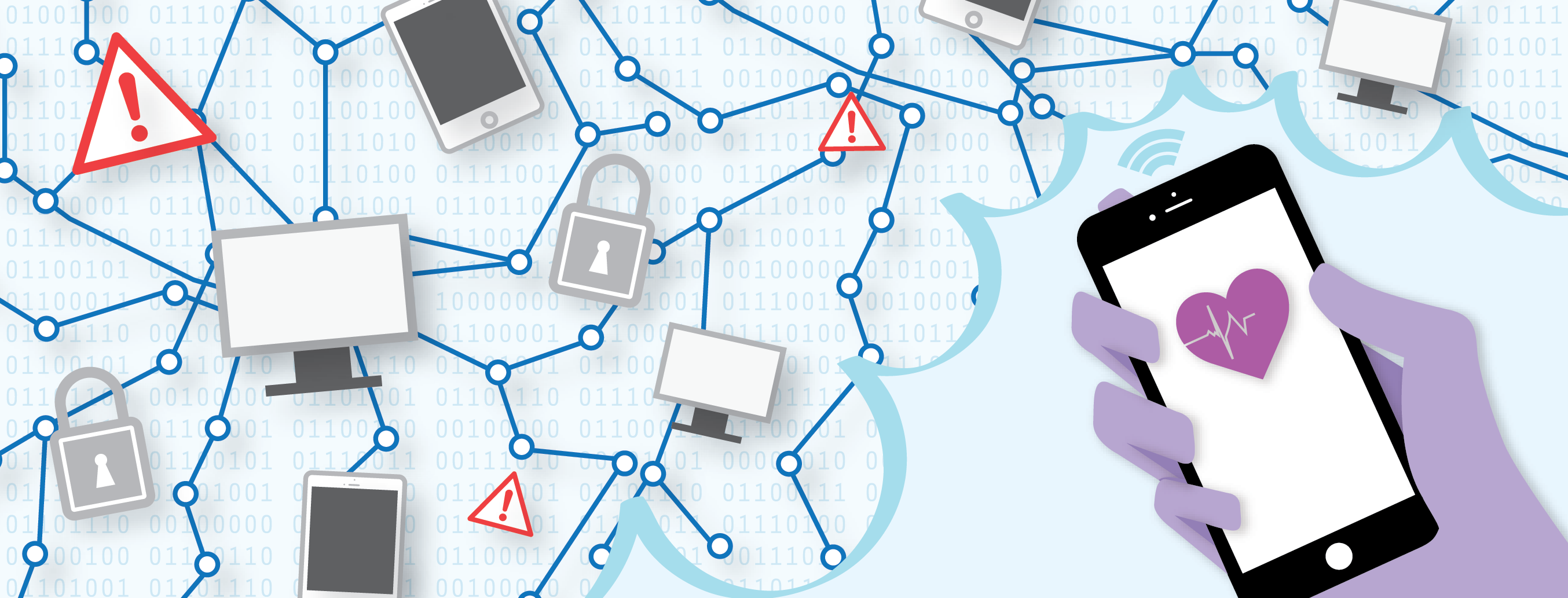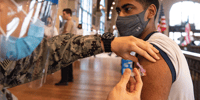Design Considerations for Interconnected Medical Devices
/ in usability , user experience , healthcare , interaction design , meddevice , mHealth , mobile app , news , ux / by Christina SOver the past several years, there has been a drastic increase in the deployment of “interconnected” medical devices (e.g., wireless glucose monitors, infusion pumps, pacemakers, etc.). As our medical devices become more interconnected, they become increasingly critical to clinical decision-making and patient care. Access to information increases, decision making evolves, and, hopefully, patient care improves.
To summarize what we mean by networked medical devices: This generation of devices leverages networked computer systems and the “internet of things” in order to facilitate the transfer, management, storage, and analysis of health data, with the goal of improving treatment for various health conditions. However, this interconnectivity comes at a cost, introducing new design challenges that need to be addressed to make devices more useable. If there is a tradeoff between usability and security in most consumer devices, it must be carefully balanced when it comes to medical devices—particularly the legions of stationary medical devices now serving as hospitals’ first line of defense in patient care.
Simply put, our devices can do a lot more now than in the past, and the implications for designers and users are considerably more complex. This post looks at how the networking of medical devices alters the user experience, then explores some of the ways in which device manufacturers can respond to a new set of design challenges related to cyber security and usability. For a broader discussion on networked medical devices and their use, see our article series on Med Device Online.
Design for Security
With increasing use and press coverage of interconnected medical devices, the general public will become more aware of cyber security risks, whether malicious or unintentional, and become more hesitant to use them.
In order to address this barrier to adoption, medical device manufacturers will have to tackle the theoretical worst-case scenario, wherein malicious hackers are able to access their device’s systems. Regardless of how secure the device is, and what kind of data would be readable and useable to malicious hackers, patients will always wonder “what if?” The thought of the worst-case scenario unfolding will always lurk in the back of their minds. Therefore, an effective product would seek to alleviate the fear of this uncertainty through device failsafe mechanisms and overall system security considerations; a few suggestions are listed below:
- Provide a notification system to let patients know that their device may be compromised and that they should seek a medical professional immediately.
- Provide a physical connectivity cut-off switch, whenever possible, in order to give patients the ability to intervene if they believe their device has been compromised.
- Design for the continuous validation of data points, identifying abnormalities.
- Ensure healthcare professionals always have access to the device in case the patient is at a different hospital or is unconscious. The right people need to have access, as in the case of radio access for pacemakers in the case of an emergency.
- Incorporate cryptographic mechanisms.
- Distribute critical features across the system appropriately, for example, allowing certain features to function without connectivity.
Design for Usability
In addition to designing for security, manufacturers also need to address the fact that interconnected medical devices have a unique set of user-interaction considerations. Unlike non-connected medical devices, patients will potentially have to interact with multiple interfaces or devices. These devices may also be controlled and influenced from a distance by other people or systems. From this perspective, usability for interconnected devices differs from single devices in that a user’s experience will rely heavily on a higher-level perspective—i.e. how the elements of a system of interfaces or devices work together to create a unified experience.
An effective interconnected solution would take into account system design and overall user experience across all connected devices or interfaces; a few suggestions are listed below:
- Limit the number of interfaces that users have to interact with in order to reduce system complexity.
- Use consistent interfaces across the system in order to provide a more seamless and consistent experience.
- Communicate in the interface which data is available on which device, and what its role is in the overall product.
- Design to handle network outages and their potential impacts, like asynchronous system interaction and potentially inaccurate data display across one or several displays.
Concluding Remarks
Networked medical devices have introduced a new set of user requirements and design needs related to cyber security and usability. Users want peace of mind that their information is secure and their devices are protected; at the same time, they also expect more interconnectivity from the devices they regularly use. As more things get “used” in an interconnected system of devices, manufacturers need to consider increased complexity and interoperability as key dimensions of the user experience.
Share this entry
-
Share on Facebook
Share on Facebook
-
Share on Twitter
Share on Twitter
-
Share on Google+
Share on Google+
-
Share on Linkedin
Share on Linkedin
-
Share by Mail
Share by Mail











